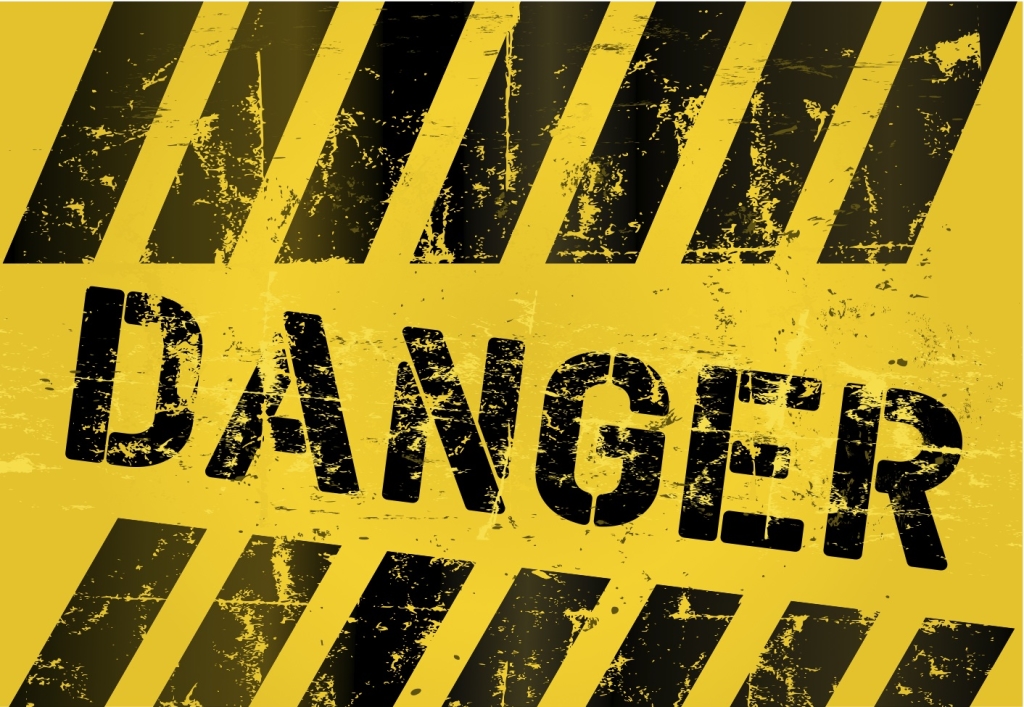
How Toxic is Your Life?
Research suggests that chemicals in everyday products may put us at risk for health problems. The CDC now monitors a total of 298 environmental chemicals that have been found in humans, including many used in consumer products. These chemicals can gradually build up in the body, potentially making you sick. A toxic condition. acting as or having the effect of a poison; poisonous: a toxic drug. causing unpleasant feelings; harmful or malicious: a toxic boyfriend who wanted complete control over her; toxic criticism.
Only 10% of roughly 87,000 chemicals registered in the US have been tested for potential health effects. About 1,400 harmful chemicals have been banned from personal care products in Europe. The US has only banned 30, 19 of which were banned as recently as 2016. Companies in the US are not required to test their personal care products for safety nor are they required to list contaminants on their ingredient labels.
A study by the CDC found that 97% of Americans had the chemical oxybenzone in their bodies. Oxybenzone is known for its use in sunscreens, but can also be found in lip balm, lipstick, moisturizers and fragrance. It has been linked to hormone disruption, cell damage, and low birth weight.
Products For Babies & Kids
287 chemicals were found in umbilical cord blood of newborns. Of these, 180 cause cancer in humans or animals, 217 are toxins to the brain, and 208 cause birth defects in animal tests.
In a test done by Good Morning America and Greenguard Environmental Institute, 300 different chemicals were found in a new nursery compared to 2 chemicals right outside the same house.
61% of children’s bath products that were tested contained both the harmful chemicals formaldehyde and 1,4 dioxane. 82% contained formaldehyde alone. The EU bans 1,4-dioxane at any level and the EPA calls it a probable carcinogen. Formaldehyde is a known human carcinogen.
While it’s impossible to avoid exposure to all environmental chemicals, there are ways to rid your home of many of these potential toxins. Here are a few you may want to avoid buying, toss or replace:
Air Fresheners
Anything you breathe in eventually ends up in your bloodstream. Plug-in scents or synthetically scented candles many contain chemicals called phthalates, which have been linked to reproductive problems. Instead, choose candles made with essential oils and fresh flowers to scent your home. Also, try using baking soda and white vinegar as odor absorbers.
Cleaning products
Check the labels of cleaning products for chemical ingredients such as phthalates and chemical surfactants. Natural products like baking soda, Borax, soap powder, vinegar, lemon and hot water work just as well without coating your home in toxins.
Water Bottles
Bisphenol A, or BPA, is widely used in clear plastics. Unfortunately, BPA mimics estrogen in the body, and therefore could be harmful to babies and children. In 2012, the FDA banned it from baby bottles, but not from other products. Many shoppers would rather avoid it altogether, which is why manufacturers routinely tout “BPA-free” on their water bottles. But the standard replacement for BPA—bisphenol S, or BPS—is closely related to its infamous predecessor, and it may disrupt normal cell functioning, leading to serious health problems.
Choose bottles without BPA, BPS, or BP-anything. Splurge on a reusable stainless steel or glass water bottle, or look for a polypropylene plastic bottle (marked with “PP,” or recycling code 5).
Hand Sanitizer
The antimicrobial compound triclosan, widely used to kill germs for decades, is an ingredient in everything from hand sanitizers to toothpaste. But triclosan has been linked to hormone problems including infertility and early puberty, and it causes liver cancer in mice.
Avoid antibacterial products. Use soap and water instead. If you like having a hand sanitizer when you are on the go, look for one powered by ethyl alcohol.
Antiperspirants
Many antiperspirants use aluminum-based compounds and other chemicals, which are absorbed into the sweat glands. While there are ongoing studies on possible health impacts of antiperspirants, I advise avoiding any chemicals that are absorbed into the body for non-medical purposes. You can find aluminum-free antiperspirants, and there are many chemical-free brands of natural deodorant sticks and sprays that don’t contain parabens and all ingredients with ‘PEG’ in their name (such as PEG-8 and PEG-40 hydrogenated castor oil).
I have tried making my own all-natural ingredients deodorant and purchased some myself and the one I love the most can be purchased HERE (Disclaimer: I am not in any way affiliated with this company nor do I make any affiliate commissions by posting this link)
Of course, this is just a short list to get started. It can be overwhelming when you realize just how many day to day products you use with a high amount of toxins in them. Once you make small changes you will continue to want to eliminate as many toxins from your life and your families’ lives as you can. Remember they will only keep making toxic products if there are customers to buy them.
Be smart about where you spend your money.
https://www.nontoxicreboot.com/toxic-chemicals-facts/
source:https://www.everydayhealth.com/columns/health-answers/toxic-household-items-should-throw-away-now/
source:https://www.womansday.com/health-fitness/wellness/g2203/why-some-chemicals-may-be-just-as-harmful-as-the-toxics-they-replace/

 My First Amazing Ayahuasca Experience
My First Amazing Ayahuasca Experience  Pine Needle Tea
Pine Needle Tea  The REAL Controllers of Humanity: The Papal Bloodlines
The REAL Controllers of Humanity: The Papal Bloodlines  Is it Global Warming or Cooling?
Is it Global Warming or Cooling?  Gun Rights and Obama Examined
Gun Rights and Obama Examined
Alexander Jacques Sabucido September 5, 2019
We should know this great points in this blog to now as to how toxic is our life.